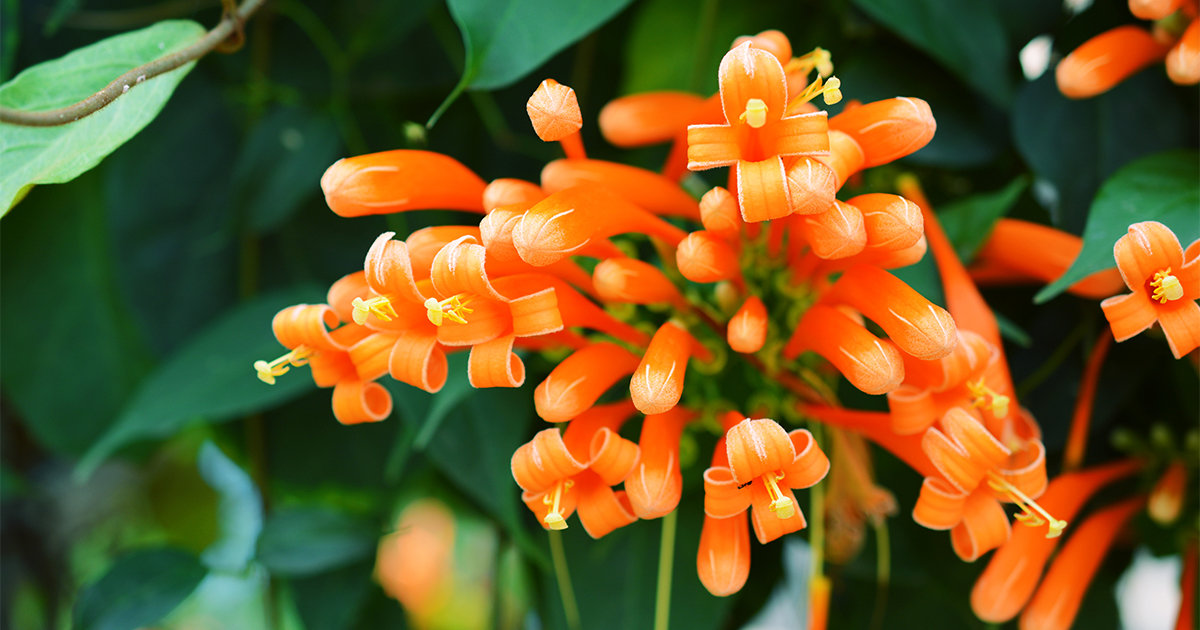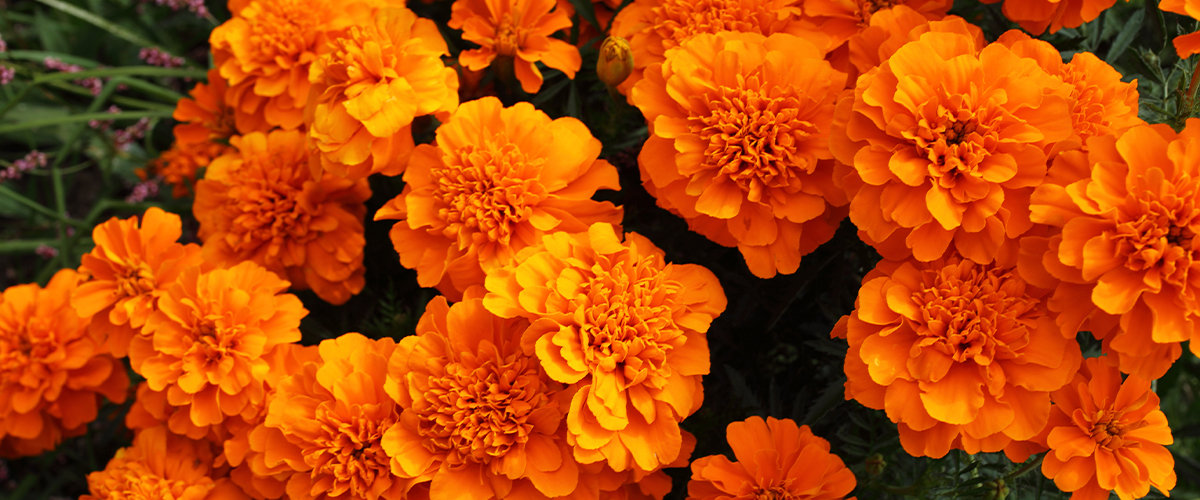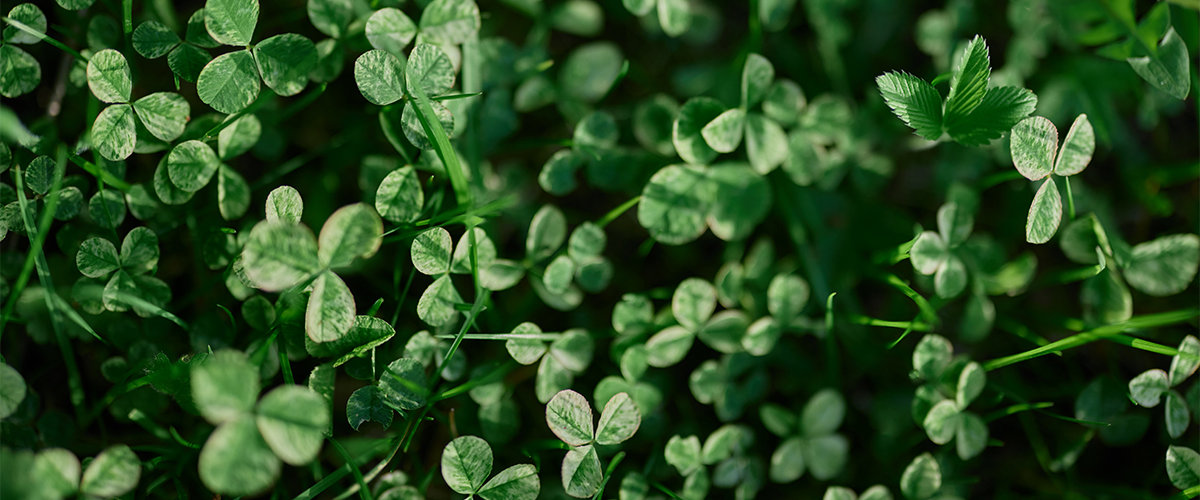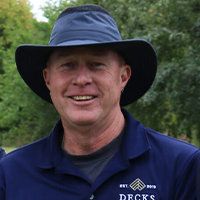
We collect basic website visitor information on this website and store it in cookies. We also utilize Google Analytics to track page view information to assist us in improving our website.
Spring Season starting to book up. Promotions Available for Winter.

If you enjoy having local songbirds in your backyard, it might be a good time to say goodbye to bird feeders. They’re messy (especially for decks), can attract other unwanted wildlife like rodents and racoons, and have been known to cause salmonellosis outbreaks resulting in bird deaths.
Don’t worry though, there are different ways you can support our feathered friends and invite them into your yard. The first step not only benefits local bird populations, but adds colour and beauty to your outdoor space.
Planting local, bird-friendly flowers is one of the best ways to transform your deck into a songbird paradise. Check out the flower suggestions below to make your deck garden the perfect place for birds to visit.
Season: Summer-early autumn
This vining plant boasts red, tubular flowers that are both pretty and magnets for hummingbirds. Other birds like purple finches and hermit thrushes also eat their fruit, and Baltimore orioles consume the nectar by eating the flowers during their migration cycles.
Season: Early spring-early winter
The holly plant bears bright, red berries that become ripe during the fall months. Holly is not difficult to grow, and several birds enjoy feeding on the berries.
Season: Summer-early autumn
The buttonbush is a showy, unique plant to add to your backyard or along your garden pond. Ducks and other waterfowl consume their seeds, and other pollinators are drawn to them as well.
Season: Early spring-late summer
Sunflowers are incredibly easy to grow and thrive in full sun. These happy blooms brighten up any garden and are the perfect food source for birds. Take a seat on your deck and sit back to watch all of the songbirds that stop by to fuel their migrations.
Season: Late summer-autumn
Another easy-to-grow flower, black-eyed Susans are a long-blooming perennial that mixes well with other seed-bearing plants on this list like asters and coneflowers.
Season: Throughout the year
Coneflowers are excellent flowers to attract birds and other pollinators like butterflies. You (and the pollinating population) can enjoy their blooms in the summer, and goldfinches will be able to eat their seeds during the autumn months.
Season: Early summer-late autumn
A garden staple, daisies are cheerful flowers that offer nutritionally-rich seeds that are vital winter food sources for birds such as cardinals, sparrows, and finches.
Season: Late winter-early summer

Marigolds are a popular garden annual–they add a vibrant pop of colour and distinct fragrance to your backyard, and they’re known to have common pest-repelling properties. Additionally, birds like to eat their dried seeds. Just be mindful that some bird varieties like crows and grackles, will tear apart the orange blooms.
Season: Late summer-early autumn
A fall-blooming flower that grows in purple, white, pink or blue, are ideal if you’re looking to build a garden of staggered, seed-bearing plants for local visiting birds.
Season: Spring-early summer
This eye-catching flower is as pretty as it is beneficial for wildlife. Cornflower pollen, sap, foliage, and seeds can be consumed by birds, bees, and butterflies.
Season: Spring
Elderberry bushes are an eye-catching, versatile shrub that grows popular jam-making fruit, is also a favourite of many birds including brown thrashers and red-eyed vireos.
Season: Late spring-early autumn
Milkweed is often associated with monarch butterflies and caterpillars, but it also benefits birds as well. They attract insects that birds like to eat, and goldfinches can use milkweed fibre to spin nests for their chicks. An added bonus is that this flowering plant is beautiful to look at, and you’ll be sure to enjoy watching the birds and pollinators appreciate it as well.
Season: Late summer-early autumn
The staghorn sumac is an attractive shrub that birds such as thrushes, robins, catbirds, cardinals, and chickadees consume the fruit from during the winter.
Season: Early spring-late autumn
This flower can grow between one-six feet tall and has eight-inch red flowers that attract hummingbirds, which feed on their nectar.
Season: Summer-autumn
A lush, fast-growing vine, the Virgina creeper is an important source of food for winter birds like blue jays and woodpeckers.
Along with planting and arranging bird-friendly flowers and plants around your deck, there are other ways you can attract songbirds without relying on bird feeders.
Consider putting out clean, shallow water that’s easy to access–especially in the summer when water can be harder for birds to find.
The ideal depth that water should be offered for bird bathing is between half an inch to a full inch. The depth for drinking is less important, birds just need something to perch on while they’re taking a drink.
Although traditional bird baths are nice to look at, a terracotta saucer with water can also do the trick. As well, birds prefer moving water over stagnant water, so adding a drip designed for bird baths will make it more obvious and appealing. Make sure you’re keeping your water source clean and changing the water when needed so it doesn’t attract mosquitos and your birds have a fresh place to stay hydrated and bathe.
Birds have many natural predators that they need to be constantly cautious of.
This is why your backyard should have a variety of places for birds to take shelter, and you should be offering natural protection around their feeding and watering areas so they feel safe.
Surrounding your deck and yard with trees and shrubs is a great way to ensure the birds have reliable vantage points and places to escape if they need to.
Pets, especially cats, pose a huge threat to the birds visiting your yard.
While cats make great housepets and millions of people love them, outdoor cats pose a massive threat to local bird populations in surburban and urban areas. Additionally, outdoor cats have drastically reduced lifespans compared to indoor cats, so you would be doing both your pet and the birds a favour to keep your feline friend inside.
If you insist on bringing Whiskers outside with you into the backyard, make sure you’re monitoring them at all times so they’re not unnecessarily hunting any unsuspecting songbirds. Birds will learn to avoid your backyard if they know there is a direct threat present.
Outside of bird seed in feeders, there are other foods you can provide the birds in your yard.
Many birds absolutely love consuming mealworms, so you can leave them out in a dish and watch the bluebirds, chickadees, wrens (and more!) eat to their heart’s content.
Other bird-approved foods include suet and peanut butter, which can be spread on the sides of trees and logs. Some bird varieties also enjoy consuming fruit like cut up oranges and apples.
Native grasses grow easily and require little attention–the seeds they produce are also a great food source and nesting material for birds.
Some grass varieties include:
Big bluestem
Blue grama grass
Indian rice grass
Little bluestem
Muhly grass
Northern sea oats
Prairie dropseed
Sideoats grama
Switchgrass
Clover lawns have seen a rise in popularity since they’re a more sustainable alternative to traditional turf lawns.

Along with requiring no chemicals or fertilizers as well as being drought tolerant, they’re an excellent food source for birds. Multiple bird species will eat all parts of the clover plant.
Providing nesting boxes and bird houses will act as added shelter and encourage birds to visit and stay in your yard.
Make sure they’re stationed in a secure spot, and that there’s enough room for birds to enter and leave.
Millions of birds die every year from flying into windows.
To prevent this from happening to your home, there are ways you can make your windows visible to flying birds. Consider sticking decals, sun catchers, acopian bird savers or even pieces of tape to windows that pose a particular danger. This should help you deter small birds and help stop these unfortunate deaths from happening.
Insects are a primary food source for many birds, and removing them completely will deter many birds from entering your backyard altogether.
Instead, consider organic pest control options like lady bugs to control any overwhelming insect problems in your garden.
You can collect and provide a variety of organic materials that birds can use for nesting.
Options include dog fur, twigs, dry grass, moss, dried leaves, and strips of bark. Combine the items of your choosing into a small mesh vegetable bag and tie it closed. Hang the offering of nesting materials on a tree or shrub where you’ve noticed a high level of bird activity.
You can replenish the materials from March to July.
Although it may seem like the most fundamental bird food source, you don’t need a bird feeder in order to attract songbirds to your backyard. Plant a pollinator-friendly garden around your deck that provides birds with different kinds nourishment, offer clean drinking and bathing water, keep your cats away, and introduce native grasses and clover into your yard.
Follow these suggestions and you’re sure to notice an increase in bird visitors!

